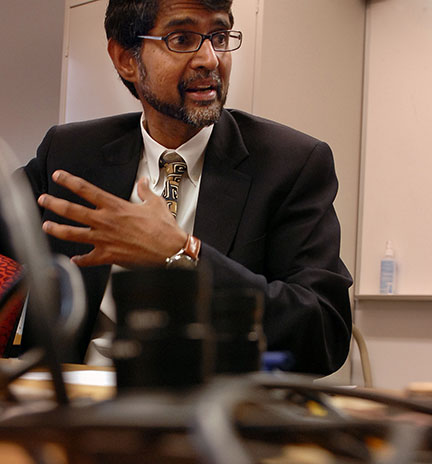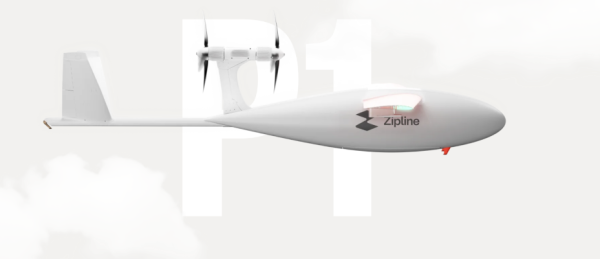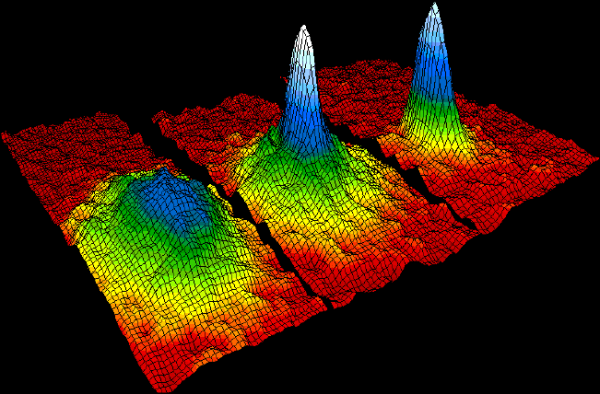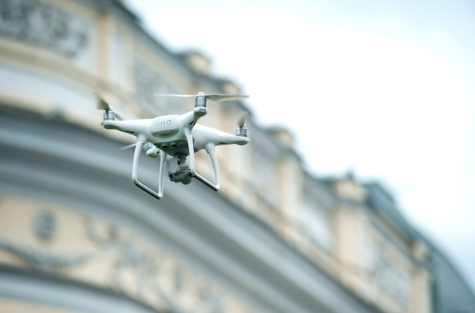TED Shows Off the Next Generations of Robots

“We’re following nature,” University of Pennsylvania engineering professor Vijay Kumar says, referring to some species’ decentralized trait. “Ants and bees don’t have to be controlled.” (Tom Gralish/Philadelphia Inquirer/MCT)
During a TEDxPENN conference in April of this year, Vijay Kumar (a roboticist) revealed his concepts for a range of autonomous aerial robots. These designs were invented at a lab at The University of Pennsylvania’s School of Engineering.
Kumar also had a team of his own to design the robots; included in the team were PhD students of the university, among them Sikang Liu, and Yash Mulgaonkar. Kumar also had Giuseppe Loianno on board, who also works at the University as a Post-Doctoral Researcher.
Some of the designs are just used for entertainment purposes, but some others have certain abilities to get jobs done.
The first robot is called RAPID, and it is an “Aerial Robot for Remote Autonomous Exploration and Mapping.” The most interesting factor of the robot is that it does not a have a global positioning system (GPS). Most people think that without having GPS, it can be tough to locate the robot’s position.
However, the robot has a bulit-in camera and a sensor that detects the robot’s surroundings. The camera and sensor captures the robot’s surroundings, and creates a map out of the images. So, the robot will remember it’s specific position, by looking through the images that the robot has captured.
While the RAPID sounds pretty cool, it does costs a fortune to build as a consumer product. This is because the creation of it involves purchasing costly equipment such as cameras and sensors. RAPID also consumes 100 watts of energy per pound, resulting into a very short battery life.
So the team decided to make a second variation that uses a Samsung Galaxy phone. With the phone, the drone does not need any sensors or cameras to locate itself. This will make the robot cheaper, lighter, and smaller. With it being smaller and lighter, the robot will go faster than the RAPID, and will be able to handle more aggressive movements.
To control it, the Samsung Galaxy phone must have a specific app activated when using the drone. This app will connect to a bluetooth control, which will move around the drone.
There is also another robot that is in the works, but this one is used for Farming Precision. Farming Precision is when a robot can scan multiple orchards, and tell if they desire any needs. These include desires of water, fertilization, or pesticide.
The robot also uses Normalized Difference Vegetation Index (NDVI) to find the desired plants. NDVI is a graphical indicator of whether a plant being assessed contains live vegetation or not. Such a measurement produces a resulting number ranging from -1 to +1 to indicate the photosynthesis activity of a plant. This will make it easier for farmers to replenish their plants.
All of these robots are still in development, but all designs have gotten good reception from the TED Conference association. TED is a non-profit company that holds press conferences for people to spread their ideas, that’ll soon come a reality.
So, it is hoped that Kumar’s robots could one day make it out in public, especially the farming precision robot, and better everyday life.











